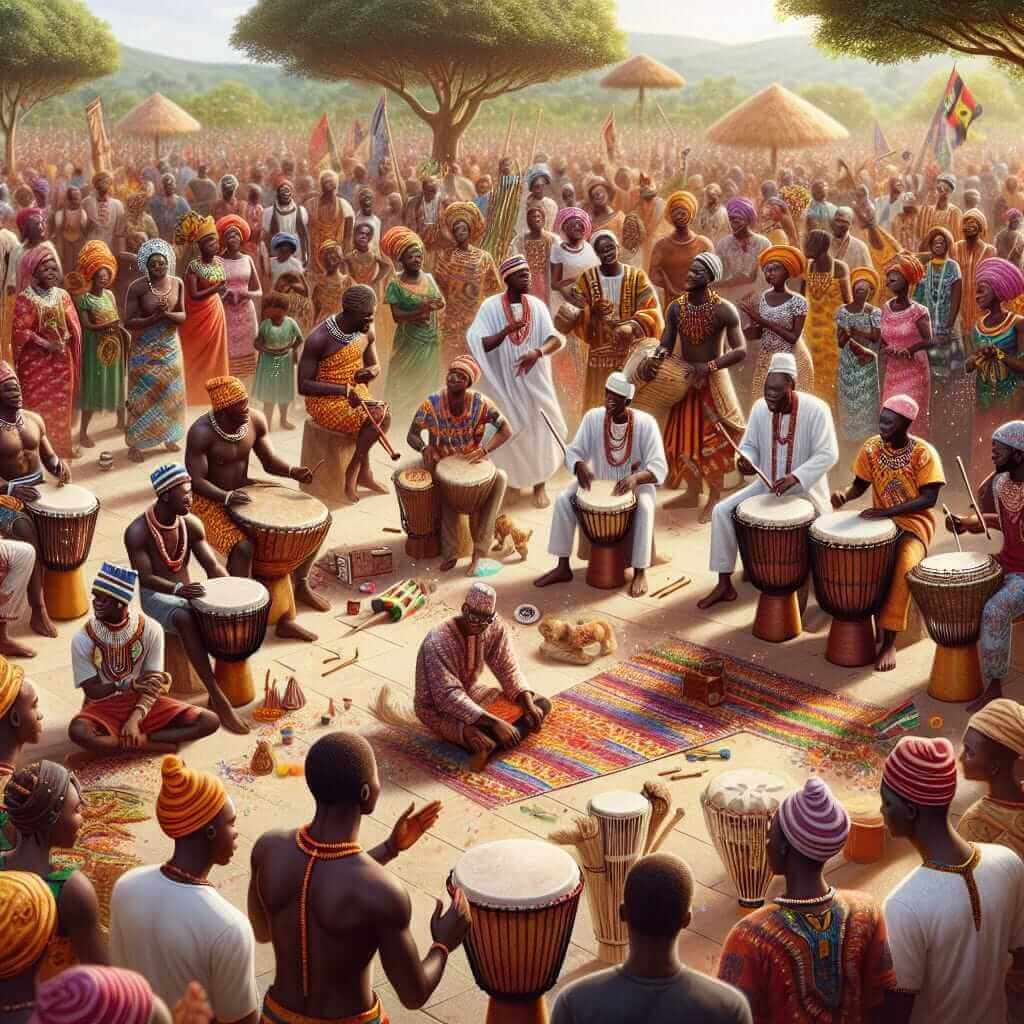The IELTS Reading section is an essential part of the test, consisting of 40 questions that need to be answered within 60 minutes. The texts used are authentic and can be sourced from books, journals, magazines, and newspapers. Topics can range widely, including the “Cultural Significance of Traditional Music,” a subject that has appeared in past IELTS exams and remains relevant. Understanding the cultural implications of traditional music can not only enrich your knowledge but also prepare you for potential topics in future exams.
Key Elements of the IELTS Reading Section
Before diving into the main content, it is crucial to understand the different types of questions you may encounter:
- Multiple Choice
- Identifying Information (True/False/Not Given)
- Identifying Writer’s Views/Claims (Yes/No/Not Given)
- Matching Information
- Matching Headings
- Matching Features
- Matching Sentence Endings
- Sentence Completion
- Summary, Note, Table, Flow-chart Completion
- Diagram Label Completion
- Short-answer Questions
Given the significant presence of culture-related topics in the IELTS exams, it’s highly plausible that themes such as “Cultural Significance of Traditional Music” could appear again.
Reading Passage on “Cultural Significance of Traditional Music”
Passage Text
Cultural Significance of Traditional Music
Traditional music plays an integral role in defining the identity of different cultures around the world. This type of music often serves as a historical record, preserving the stories, values, and customs of communities over generations. For many societies, traditional music is more than just a form of artistic expression; it is a means of transmitting knowledge and fostering a sense of community and belonging.
In many African communities, for example, music is used in important ceremonies such as weddings, births, and funerals. Instruments like the djembe drum convey messages and emotions that words cannot adequately express. Similarly, in Native American cultures, music and dance ceremonies are pivotal in maintaining spiritual and social harmony.
In East Asia, traditional music forms such as Chinese opera and Japanese Noh theater not only entertain but also educate audiences about historical events and moral lessons. These art forms are deeply rooted in religious and philosophical traditions, illustrating the interconnectedness of culture and music.
Today, there is a growing recognition of the importance of preserving traditional music. Globalization and modernization have threatened the survival of many traditional forms of music. Efforts are being made worldwide to document and revive these musical traditions, ensuring that they remain a living part of the world’s cultural heritage.
Questions Based on the Passage
Multiple Choice Questions
-
Traditional music serves as:
- A) A form of entertainment only.
- B) A means of preserving stories, values, and customs.
- C) A modern genre of music.
-
In African communities, the djembe drum is used to:
- A) Perform in concerts.
- B) Convey messages and emotions.
- C) Play classical music.
True/False/Not Given
-
Traditional music in Native American cultures is only performed during religious ceremonies.
-
Efforts to preserve traditional music are a recent development influenced by globalization.
Answer Keys and Explanations
Multiple Choice Answers
-
B) A means of preserving stories, values, and customs.
- Explanation: The passage states that traditional music serves as a historical record, preserving the stories, values, and customs of communities.
-
B) Convey messages and emotions.
- Explanation: The passage mentions that the djembe drum in African communities is used to convey messages and emotions that words cannot adequately express.
True/False/Not Given Answers
-
False
- Explanation: The passage states that music and dance ceremonies maintain spiritual and social harmony, not just during religious ceremonies.
-
True
- Explanation: The passage mentions globalization and modernization as threats to traditional music, which has led to efforts to document and revive musical traditions.
Common Mistakes and Tips
Common Mistakes
- Misreading the question: Ensure you fully understand what each question is asking before selecting an answer.
- Overlooking details: Pay close attention to the details in the text that can distinguish the correct answer from the incorrect ones.
Tips
- Practice Skimming and Scanning: These techniques can help you quickly locate relevant information in the text.
- Time Management: Allocate time to each section and avoid spending too much time on any one question.

Vocabulary and Grammar Points
Vocabulary
- Integral (adj): /ɪnˈtɛɡrəl/ – essential or fundamental
- Transmit (verb): /trænzˈmɪt/ – to send or convey from one person or place to another
- Revive (verb): /rɪˈvaɪv/ – to bring back to life or restore
Grammar Point
- Relative Clauses: ‘In many African communities, for example, music is used in important ceremonies such as weddings, births, and funerals.’
- Structure: [Subject] + [Verb] + [Relative Clause (who/which/that)]
- Example: ‘The book that you gave me is fascinating.’
Conclusion
To excel in the IELTS Reading section, particularly with passages on culturally significant topics like traditional music, it is crucial to practice consistently using authentic texts and question types. Understanding the diverse roles traditional music plays across cultures not only enriches your comprehension skills but also prepares you for related themes that may appear in the exam. For more on how cultural elements intersect with modern society, visit The Importance of Cultural Heritage in Modern Society.
Additional Resources
- The Impact of Cultural Festivals on Local Economies
- The Influence of Mass Media on Cultural Norms
- The Influence of Cultural Festivals on Social Cohesion
Use these resources to further expand your understanding and improve your IELTS Reading skills.